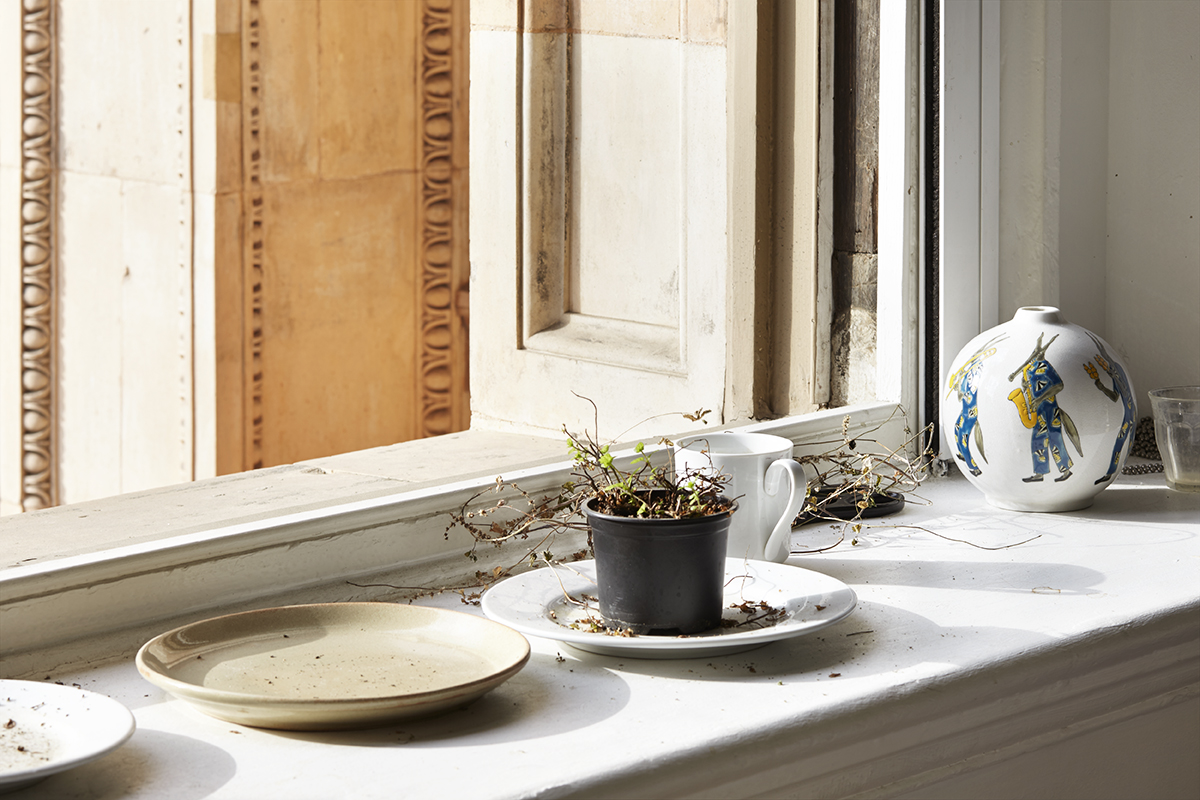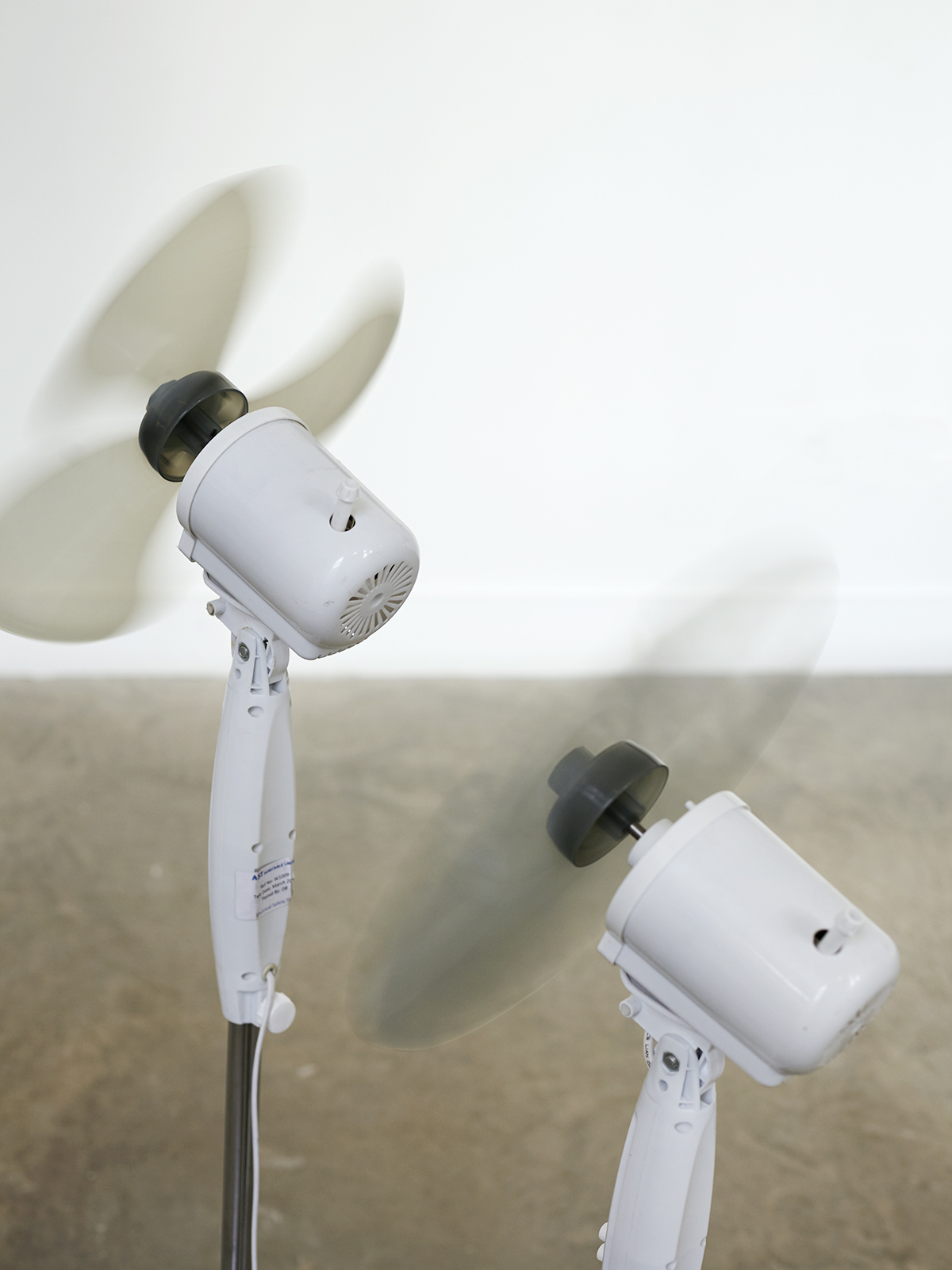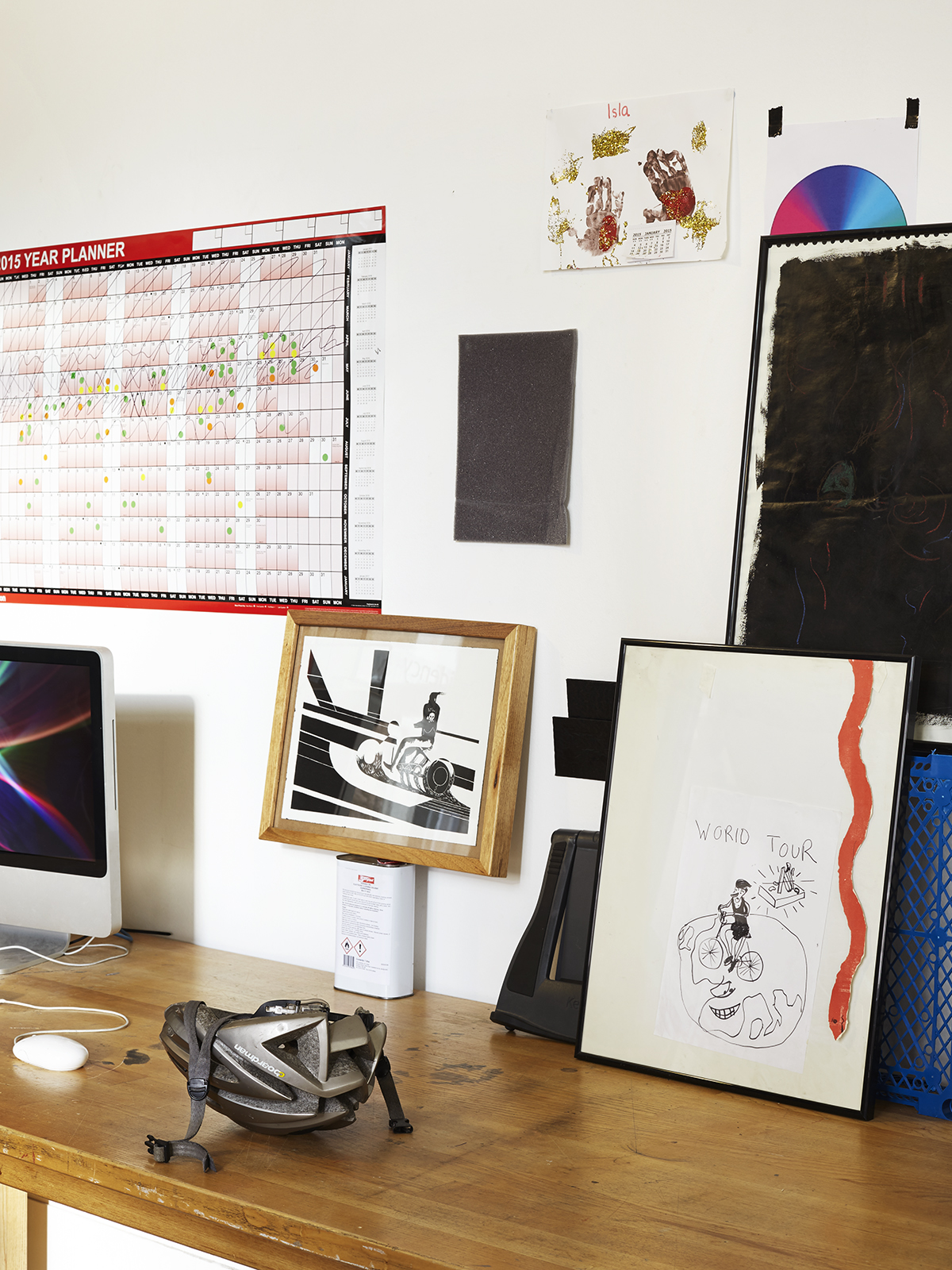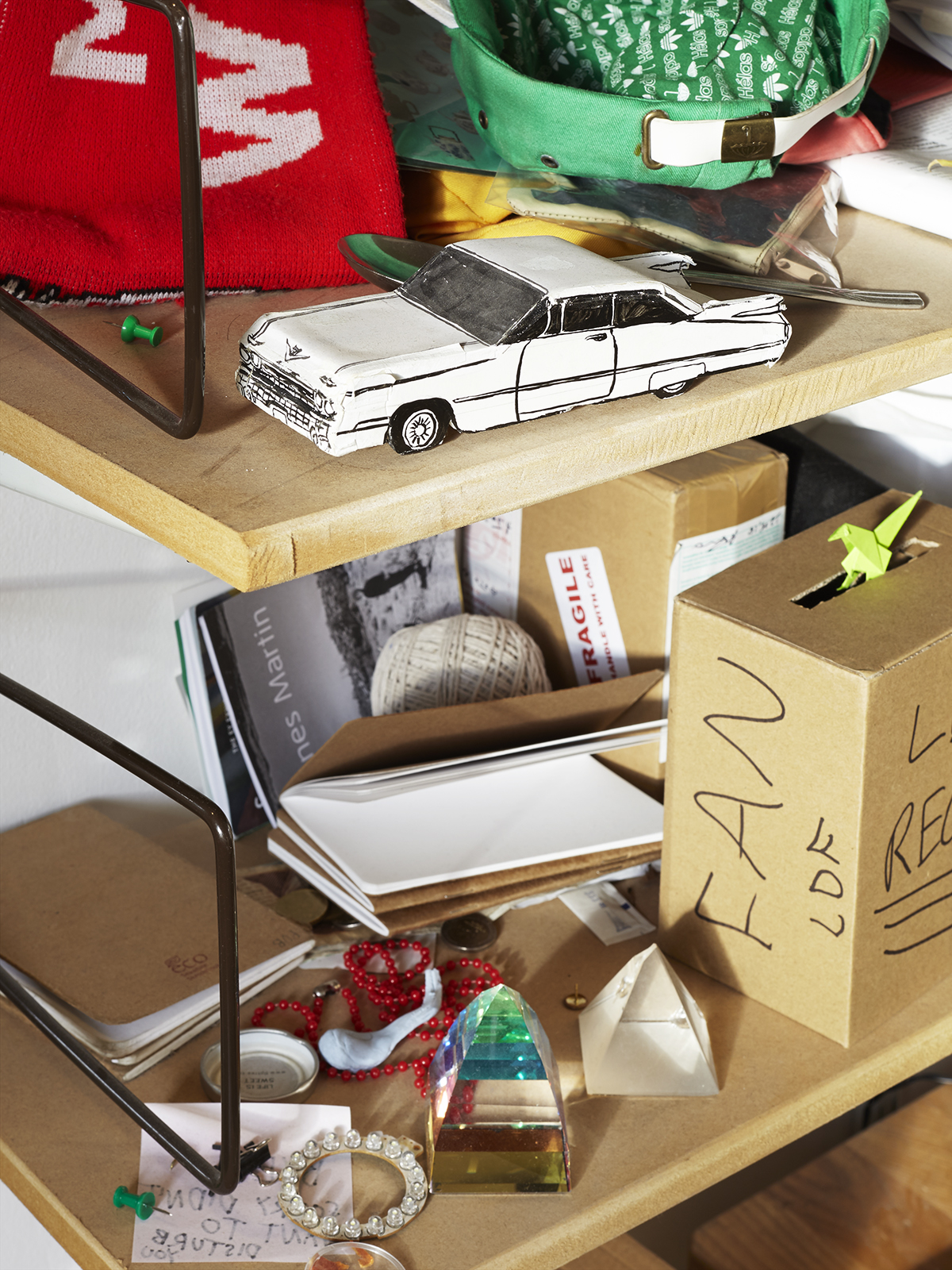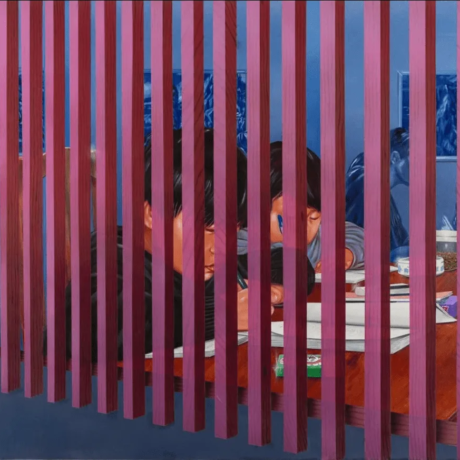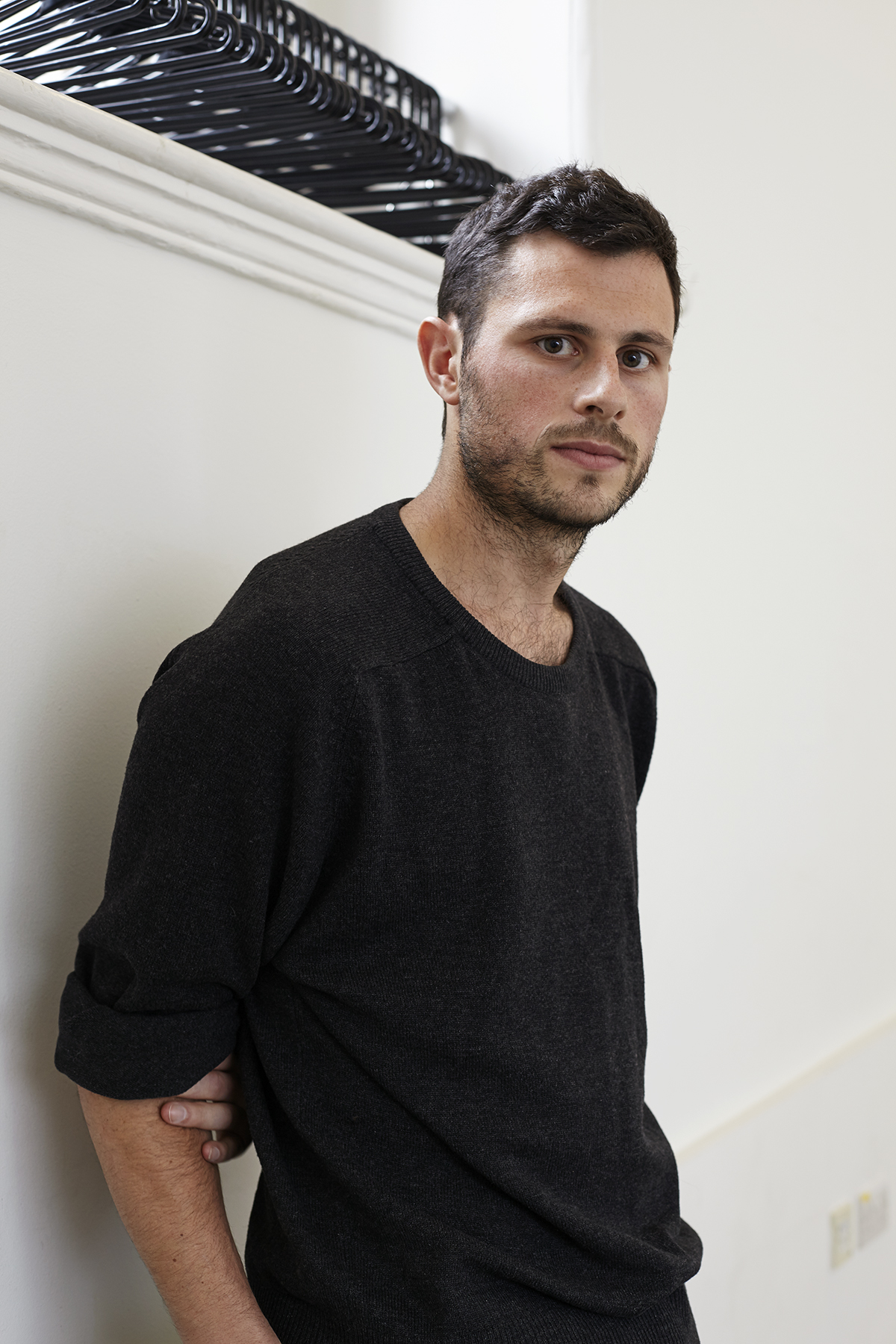
Has your video work always been the product of an iPhone, or did you begin your practice working with cameras?
I actually started by making videos of skateboarding. When I was 15, I broke both my arms so I couldn’t skate for a while. I got a camera and started filming people trying to do tricks but I ended up filming the floor instead—I was more interested in that sort of stuff. Then when I went to uni, I had watched the Hans Richter work Rhythm 21 and I realised that it was actually a thing I could do. Then looking at work like Nicky Hamlyn, and more contemporary stuff like Gareth Polmeer; they were both my tutors at the time and their work is just amazing. More recently Simon Payne is a big thing for me, even though his work is very different from mine. I actually started using my phone after seeing the overthrowing of Gaddafi footage, I couldn’t help but think that this was being recording by a normal person holding the camera. There was a completely different dialogue between the viewer and the image, it was so obvious that it wasn’t a camera crew. I got rid of my cameras and got an iPhone and began making the work on that.
Are you quite spontaneous with what you film? Or do you know beforehand what you are going out to do?
I’m super spontaneous. Although while the subject matter is spontaneous, the process isn’t. With this work—110 Southwark Street, iPhone 6, 2015—I was doing an art installation with a friend in a big office block and I really liked the way that the light from the ceiling cast these shadows. I usually just walk around, looking at things. For the bins that I’ve been working with I just saw them in the street. I’ve taken inspiration from a pinstripe dress before as it messed with my eyes. The new polkadot work is a progression from that. It’s all about how honest the image is. With these patterns your eyes are creating an image that isn’t really there.
Do you feel there is a performative aspect for you, where you are moving so much as the filmmaker as well?
Yes, sometimes I’m pretty knackered! But it’s actually just really small movements to get the effect, normally for around two minutes. I used to be really into the fact that people would look at my work and realise that it was someone making a work on an iPhone, so there is this performative thing. But now I’m more into the image, even through the process is there as well.
Do you think the camera is more or less trusted as time goes on?
I think it’s Chris Burden who said that in his performances he only takes photos, because people understand that the photograph isn’t the real thing. But if you record it then people think they have seen it. If you asked someone if they have seen Marina Abramovic’s The Artist is Present they will say they have seen it, even if it’s just the video. But they haven’t experienced it. Maybe there is a difference between seeing and experiencing now that has changed.
You’ve spoken quite a bit about the reception of video being a central part of the work.
Yes, I remember overhearing some girls talking about The Only Way is Essex or Made in Chelsea, and one of them said; ‘That only happened because the producer wanted it to happen’. Originally, the artists were put into the place of the camera and then as people began to film things like Blair Witch Project, the audience were put in the place of camera. But then where does that put you if you think about the producer having a place in it? Where is the audience in that process?
And what prompted you to begin working with installation and sculpture alongside the video work?
I started with a DLP projector which fires white light through a colour wheel, so it consolidates red, green and blue into white light by flicking it really fast so that you can’t see it. But when you flick it onto fans it separates the colours, so you get these rainbow fans. Then when I started the V&A residency I had loads of fans from the gallery and I was messing around with them. Video works because the frame rate and the pixels are beyond human perception. It’s about making this thing that is physically impossible to see. I was watching a fan, and thinking about the fact that it looks like a solid disk to me when it’s moving. By accident this is working in the same way as video. For a piece I’m working on now, there are two fans moving at different rates, with the faster one blowing the slower one. But the slower one is moving within the time rate that we can see. Does this mean that we see images of reality in frames? We can see the gaps and momentary pauses because we are catching individual moments in time.
Jamie Jenkinson: Video is showing at Evelyn Yard until November 21 and Optical Works is showing at C4RD until 24 October. Photographs © Tim Smyth.
